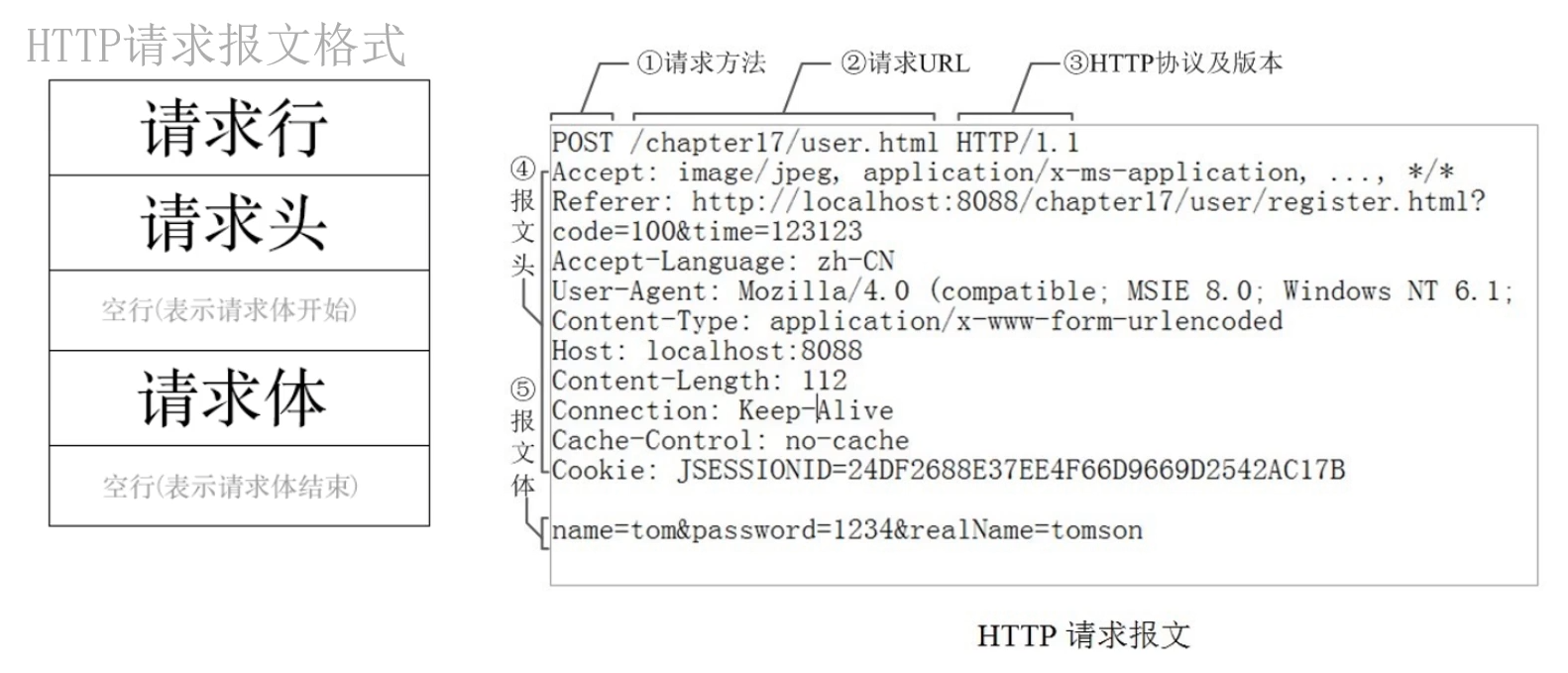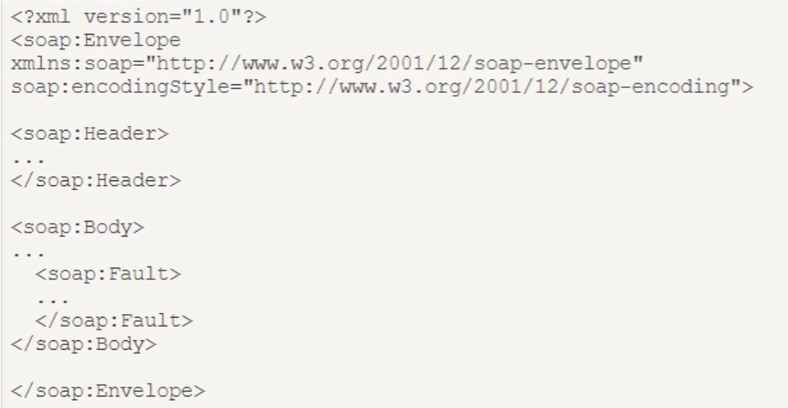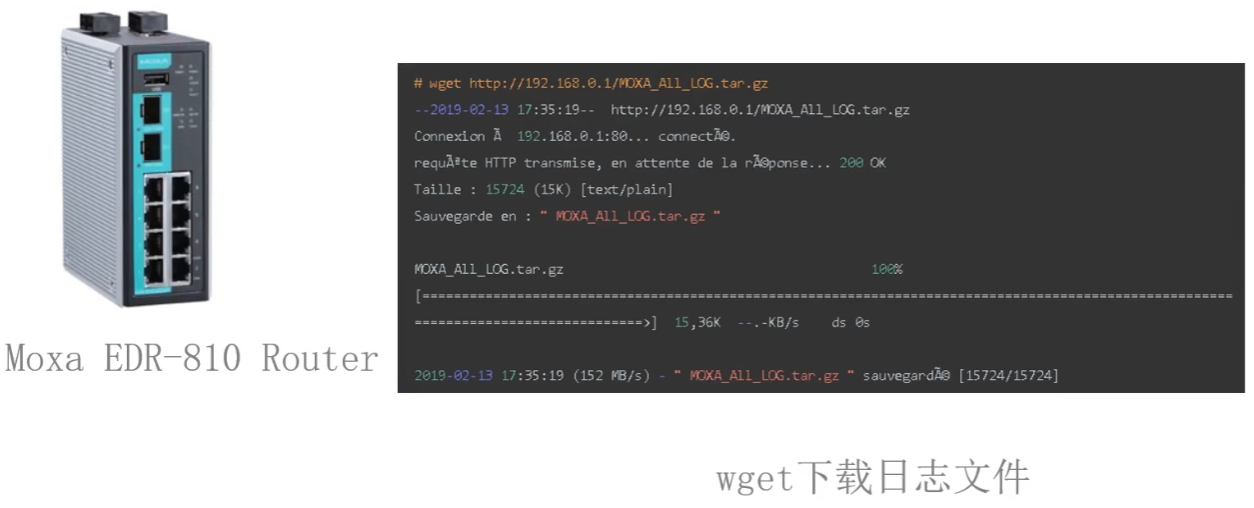1
2
3
4
5
6
7
8
9
10
11
12
13
14
15
16
17
18
19
20
21
22
23
24
25
26
27
28
29
30
31
32
33
34
35
36
37
38
39
40
41
42
43
44
45
46
47
48
49
50
51
52
53
54
55
56
57
58
59
60
61
62
63
64
65
66
67
68
69
70
71
72
73
74
75
76
77
78
79
80
81
82
83
84
85
86
87
88
89
90
91
92
93
94
95
96
97
98
99
100
101
102
103
104
105
106
107
108
109
110
111
112
113
114
115
116
117
118
119
120
121
122
123
124
125
126
127
128
129
130
131
132
133
134
135
136
137
138
139
140
141
142
143
144
145
146
147
148
149
150
151
152
153
154
155
156
157
158
159
160
161
162
163
164
165
166
167
168
169
170
171
172
173
174
175
176
177
178
179
180
181
182
183
184
185
186
187
188
189
190
191
192
193
194
195
196
197
198
199
200
201
202
203
204
205
206
207
208
209
210
211
212
213
214
215
216
217
218
219
220
221
222
223
224
225
226
227
228
229
230
231
232
233
234
235
236
237
238
239
240
241
242
243
244
245
246
247
248
249
250
251
252
253
254
255
256
257
258
259
260
261
262
263
264
265
266
267
268
269
270
271
272
273
274
275
276
277
278
279
280
281
282
283
284
285
286
287
288
289
290
291
292
293
294
295
296
297
298
299
300
301
302
303
304
305
306
307
308
309
310
311
312
313
314
315
316
317
318
319
320
321
322
323
324
325
326
327
328
329
330
331
332
333
334
335
336
337
338
339
340
341
342
343
344
345
346
347
348
349
350
351
352
353
354
355
356
357
358
359
360
361
362
363
364
365
366
367
368
369
370
371
372
373
374
375
376
377
378
379
380
381
382
383
384
385
386
387
388
389
390
391
392
393
394
395
396
397
398
399
400
401
402
403
404
405
406
407
408
409
410
411
412
413
414
415
416
417
418
419
420
421
422
423
424
425
426
427
428
429
430
431
432
433
434
435
436
437
438
439
440
441
442
443
444
445
446
447
448
449
450
451
452
453
454
455
456
457
458
459
460
461
462
463
464
465
466
467
468
469
470
471
472
473
474
475
476
477
478
479
480
481
482
483
484
485
486
487
488
489
490
491
492
493
494
495
496
497
498
499
500
501
502
503
504
505
506
507
508
509
510
511
512
513
514
515
516
517
518
519
520
521
522
523
524
525
526
527
528
529
530
531
532
533
534
535
536
537
538
539
540
541
542
543
544
545
546
547
548
549
550
551
552
553
554
555
556
557
558
559
560
561
562
563
564
565
566
567
568
569
570
571
572
573
574
575
576
577
578
579
580
581
582
583
584
585
586
|
#include <stdio.h>
#include <sys/socket.h>
#include <sys/types.h>
#include <netinet/in.h>
#include <arpa/inet.h>
#include <unistd.h>
#include <ctype.h>
#include <strings.h>
#include <string.h>
#include <sys/stat.h>
#include <pthread.h>
#include <sys/wait.h>
#include <stdlib.h>
#define ISspace(x) isspace((int)(x))
#define SERVER_STRING "Server: jdbhttpd/0.1.0rn"
void accept_request(int);
void bad_request(int);
void cat(int, FILE *);
void cannot_execute(int);
void error_die(const char *);
void execute_cgi(int, const char *, const char *, const char *);
int get_line(int, char *, int);
void headers(int, const char *);
void not_found(int);
void serve_file(int, const char *);
int startup(u_short *);
void unimplemented(int);
void accept_request(int client)
{
char buf[1024];
int numchars;
char method[255];
char url[255];
char path[512];
size_t i, j;
struct stat st;
int cgi = 0;
char *query_string = NULL;
numchars = get_line(client, buf, sizeof(buf));
i = 0; j = 0;
while (!ISspace(buf[j]) && (i < sizeof(method) - 1))
{
method[i] = buf[j];
i++; j++;
}
method[i] = '';
//函数说明:strcasecmp()用来比较参数s1 和s2 字符串,比较时会自动忽略大小写的差异。
//返回值:若参数s1 和s2 字符串相同则返回0。s1 长度大于s2 长度则返回大于0 的值,s1 长度若小于s2 长度则返回小于0 的值。
if (strcasecmp(method, "GET") && strcasecmp(method, "POST"))
{
//tinyhttp仅仅实现了GET和POST
unimplemented(client);
return;
}
//cgi为标志位,置1说明开启cgi解析
if (strcasecmp(method, "POST") == 0)
//如果请求方法为POST,需要cgi解析
cgi = 1;
i = 0;
//将method后面的后边的空白字符略过
while (ISspace(buf[j]) && (j < sizeof(buf)))
j++;
//继续读取request-URL
while (!ISspace(buf[j]) && (i < sizeof(url) - 1) && (j < sizeof(buf)))
{
url[i] = buf[j];
i++; j++;
}
url[i] = '';
//如果是GET请求,url可能会带有?,有查询参数
if (strcasecmp(method, "GET") == 0)
{
query_string = url;
while ((*query_string != '?') && (*query_string != ''))
query_string++;
if (*query_string == '?')
{
//如果带有查询参数,需要执行cgi,解析参数,设置标志位为1
cgi = 1;
//将解析参数截取下来
*query_string = '';
query_string++;
}
}
//以上已经将起始行解析完毕
//url中的路径格式化到path
sprintf(path, "htdocs%s", url);
//学习到这里明天继续TODO
//如果path只是一个目录,默认设置为首页index.html
if (path[strlen(path) - 1] == '/')
strcat(path, "index.html");
//函数定义: int stat(const char *file_name, struct stat *buf);
//函数说明: 通过文件名filename获取文件信息,并保存在buf所指的结构体stat中
//返回值: 执行成功则返回0,失败返回-1,错误代码存于errno(需要include <errno.h>)
if (stat(path, &st) == -1) {
//假如访问的网页不存在,则不断的读取剩下的请求头信息,并丢弃即可
while ((numchars > 0) && strcmp("n", buf)) /* read & discard headers */
numchars = get_line(client, buf, sizeof(buf));
//最后声明网页不存在
not_found(client);
}
else
{
//如果访问的网页存在则进行处理
if ((st.st_mode & S_IFMT) == S_IFDIR)//S_IFDIR代表目录
//如果路径是个目录,那就将主页进行显示
strcat(path, "/index.html");
if ((st.st_mode & S_IXUSR) ||
(st.st_mode & S_IXGRP) ||
(st.st_mode & S_IXOTH) )
//S_IXUSR:文件所有者具可执行权限
//S_IXGRP:用户组具可执行权限
//S_IXOTH:其他用户具可读取权限
cgi = 1;
if (!cgi)
//将静态文件返回
serve_file(client, path);
else
//执行cgi动态解析
execute_cgi(client, path, method, query_string);
}
close(client);//因为http是面向无连接的,所以要关闭
}
/**********************************************************************/
/* Inform the client that a request it has made has a problem.
* Parameters: client socket */
/**********************************************************************/
void bad_request(int client)
{
char buf[1024];
//发送400
sprintf(buf, "HTTP/1.0 400 BAD REQUESTrn");
send(client, buf, sizeof(buf), 0);
sprintf(buf, "Content-type: text/htmlrn");
send(client, buf, sizeof(buf), 0);
sprintf(buf, "rn");
send(client, buf, sizeof(buf), 0);
sprintf(buf, "<P>Your browser sent a bad request, ");
send(client, buf, sizeof(buf), 0);
sprintf(buf, "such as a POST without a Content-Length.rn");
send(client, buf, sizeof(buf), 0);
}
/**********************************************************************/
/* Put the entire contents of a file out on a socket. This function
* is named after the UNIX "cat" command, because it might have been
* easier just to do something like pipe, fork, and exec("cat").
* Parameters: the client socket descriptor
* FILE pointer for the file to cat */
/**********************************************************************/
void cat(int client, FILE *resource)
{
//发送文件的内容
char buf[1024];
//读取文件到buf中
fgets(buf, sizeof(buf), resource);
while (!feof(resource))//判断文件是否读取到末尾
{
//读取并发送文件内容
send(client, buf, strlen(buf), 0);
fgets(buf, sizeof(buf), resource);
}
}
/**********************************************************************/
/* Inform the client that a CGI script could not be executed.
* Parameter: the client socket descriptor. */
/**********************************************************************/
void cannot_execute(int client)
{
char buf[1024];
//发送500
sprintf(buf, "HTTP/1.0 500 Internal Server Errorrn");
send(client, buf, strlen(buf), 0);
sprintf(buf, "Content-type: text/htmlrn");
send(client, buf, strlen(buf), 0);
sprintf(buf, "rn");
send(client, buf, strlen(buf), 0);
sprintf(buf, "<P>Error prohibited CGI execution.rn");
send(client, buf, strlen(buf), 0);
}
/**********************************************************************/
/* Print out an error message with perror() (for system errors; based
* on value of errno, which indicates system call errors) and exit the
* program indicating an error. */
/**********************************************************************/
void error_die(const char *sc)
{
perror(sc);
exit(1);
}
/**********************************************************************/
/* Execute a CGI script. Will need to set environment variables as
* appropriate.
* Parameters: client socket descriptor
* path to the CGI script */
/**********************************************************************/
//执行cgi动态解析
void execute_cgi(int client, const char *path,
const char *method, const char *query_string)
{
char buf[1024];
int cgi_output[2];//声明的读写管道,切莫被名称给忽悠,会给出图进行说明
int cgi_input[2];//
pid_t pid;
int status;
int i;
char c;
int numchars = 1;
int content_length = -1;
buf[0] = 'A'; buf[1] = '';
if (strcasecmp(method, "GET") == 0)
//如果是GET请求
//读取并且丢弃头信息
while ((numchars > 0) && strcmp("n", buf))
numchars = get_line(client, buf, sizeof(buf));
else
{
//处理的请求为POST
numchars = get_line(client, buf, sizeof(buf));
while ((numchars > 0) && strcmp("n", buf))
{//循环读取头信息找到Content-Length字段的值
buf[15] = '';//目的是为了截取Content-Length:
if (strcasecmp(buf, "Content-Length:") == 0)
//"Content-Length: 15"
content_length = atoi(&(buf[16]));//获取Content-Length的值
numchars = get_line(client, buf, sizeof(buf));
}
if (content_length == -1) {
//错误请求
bad_request(client);
return;
}
}
//返回正确响应码200
sprintf(buf, "HTTP/1.0 200 OKrn");
send(client, buf, strlen(buf), 0);
//#include<unistd.h>
//int pipe(int filedes[2]);
//返回值:成功,返回0,否则返回-1。参数数组包含pipe使用的两个文件的描述符。fd[0]:读管道,fd[1]:写管道。
//必须在fork()中调用pipe(),否则子进程不会继承文件描述符。
//两个进程不共享祖先进程,就不能使用pipe。但是可以使用命名管道。
//pipe(cgi_output)执行成功后,cgi_output[0]:读通道 cgi_output[1]:写通道,这就是为什么说不要被名称所迷惑
if (pipe(cgi_output) < 0) {
cannot_execute(client);
return;
}
if (pipe(cgi_input) < 0) {
cannot_execute(client);
return;
}
if ( (pid = fork()) < 0 ) {
cannot_execute(client);
return;
}
//fork出一个子进程运行cgi脚本
if (pid == 0) /* 子进程: 运行CGI 脚本 */
{
char meth_env[255];
char query_env[255];
char length_env[255];
dup2(cgi_output[1], 1);//1代表着stdout,0代表着stdin,将系统标准输出重定向为cgi_output[1]
dup2(cgi_input[0], 0);//将系统标准输入重定向为cgi_input[0],这一点非常关键,
//cgi程序中用的是标准输入输出进行交互
close(cgi_output[0]);//关闭了cgi_output中的读通道
close(cgi_input[1]);//关闭了cgi_input中的写通道
//CGI标准需要将请求的方法存储环境变量中,然后和cgi脚本进行交互
//存储REQUEST_METHOD
sprintf(meth_env, "REQUEST_METHOD=%s", method);
putenv(meth_env);
if (strcasecmp(method, "GET") == 0) {
//存储QUERY_STRING
sprintf(query_env, "QUERY_STRING=%s", query_string);
putenv(query_env);
}
else { /* POST */
//存储CONTENT_LENGTH
sprintf(length_env, "CONTENT_LENGTH=%d", content_length);
putenv(length_env);
}
// 表头文件#include<unistd.h>
// 定义函数
// int execl(const char * path,const char * arg,....);
// 函数说明
// execl()用来执行参数path字符串所代表的文件路径,接下来的参数代表执行该文件时传递过去的argv(0)、argv[1]……,最后一个参数必须用空指针(NULL)作结束。
// 返回值
// 如果执行成功则函数不会返回,执行失败则直接返回-1,失败原因存于errno中。
execl(path, path, NULL);//执行CGI脚本
exit(0);
} else { /* 父进程 */
close(cgi_output[1]);//关闭了cgi_output中的写通道,注意这是父进程中cgi_output变量和子进程要区分开
close(cgi_input[0]);//关闭了cgi_input中的读通道
if (strcasecmp(method, "POST") == 0)
for (i = 0; i < content_length; i++) {
//开始读取POST中的内容
recv(client, &c, 1, 0);
//将数据发送给cgi脚本
write(cgi_input[1], &c, 1);
}
//读取cgi脚本返回数据
while (read(cgi_output[0], &c, 1) > 0)
//发送给浏览器
send(client, &c, 1, 0);
//运行结束关闭
close(cgi_output[0]);
close(cgi_input[1]);
//定义函数:pid_t waitpid(pid_t pid, int * status, int options);
//函数说明:waitpid()会暂时停止目前进程的执行, 直到有信号来到或子进程结束.
//如果在调用wait()时子进程已经结束, 则wait()会立即返回子进程结束状态值. 子进程的结束状态值会由参数status 返回,
//而子进程的进程识别码也会一快返回.
//如果不在意结束状态值, 则参数status 可以设成NULL. 参数pid 为欲等待的子进程识别码, 其他数值意义如下:
//1、pid<-1 等待进程组识别码为pid 绝对值的任何子进程.
//2、pid=-1 等待任何子进程, 相当于wait().
//3、pid=0 等待进程组识别码与目前进程相同的任何子进程.
//4、pid>0 等待任何子进程识别码为pid 的子进程.
waitpid(pid, &status, 0);
}
}
/**********************************************************************/
/* Get a line from a socket, whether the line ends in a newline,
* carriage return, or a CRLF combination. Terminates the string read
* with a null character. If no newline indicator is found before the
* end of the buffer, the string is terminated with a null. If any of
* the above three line terminators is read, the last character of the
* string will be a linefeed and the string will be terminated with a
* null character.
* Parameters: the socket descriptor
* the buffer to save the data in
* the size of the buffer
* Returns: the number of bytes stored (excluding null) */
/**********************************************************************/
//解析一行http报文
int get_line(int sock, char *buf, int size)
{
int i = 0;
char c = '';
int n;
while ((i < size - 1) && (c != 'n'))
{
n = recv(sock, &c, 1, 0);
if (n > 0)
{
if (c == 'r')
{
n = recv(sock, &c, 1, MSG_PEEK);
if ((n > 0) && (c == 'n'))
recv(sock, &c, 1, 0);
else
c = 'n';
}
buf[i] = c;
i++;
}
else
c = 'n';
}
buf[i] = '';
return(i);
}
/**********************************************************************/
/* Return the informational HTTP headers about a file. */
/* Parameters: the socket to print the headers on
* the name of the file */
/**********************************************************************/
void headers(int client, const char *filename)
{
char buf[1024];
(void)filename; /* could use filename to determine file type */
//发送HTTP头
strcpy(buf, "HTTP/1.0 200 OKrn");
send(client, buf, strlen(buf), 0);
strcpy(buf, SERVER_STRING);
send(client, buf, strlen(buf), 0);
sprintf(buf, "Content-Type: text/htmlrn");
send(client, buf, strlen(buf), 0);
strcpy(buf, "rn");
send(client, buf, strlen(buf), 0);
}
/**********************************************************************/
/* Give a client a 404 not found status message. */
/**********************************************************************/
void not_found(int client)
{
char buf[1024];
//返回404
sprintf(buf, "HTTP/1.0 404 NOT FOUNDrn");
send(client, buf, strlen(buf), 0);
sprintf(buf, SERVER_STRING);
send(client, buf, strlen(buf), 0);
sprintf(buf, "Content-Type: text/htmlrn");
send(client, buf, strlen(buf), 0);
sprintf(buf, "rn");
send(client, buf, strlen(buf), 0);
sprintf(buf, "<HTML><TITLE>Not Found</TITLE>rn");
send(client, buf, strlen(buf), 0);
sprintf(buf, "<BODY><P>The server could not fulfillrn");
send(client, buf, strlen(buf), 0);
sprintf(buf, "your request because the resource specifiedrn");
send(client, buf, strlen(buf), 0);
sprintf(buf, "is unavailable or nonexistent.rn");
send(client, buf, strlen(buf), 0);
sprintf(buf, "</BODY></HTML>rn");
send(client, buf, strlen(buf), 0);
}
/**********************************************************************/
/* Send a regular file to the client. Use headers, and report
* errors to client if they occur.
* Parameters: a pointer to a file structure produced from the socket
* file descriptor
* the name of the file to serve */
/**********************************************************************/
//将请求的文件发送回浏览器客户端
void serve_file(int client, const char *filename)
{
FILE *resource = NULL;
int numchars = 1;
char buf[1024];
buf[0] = 'A'; buf[1] = '';//这个赋值不清楚是干什么的
while ((numchars > 0) && strcmp("n", buf)) //将HTTP请求头读取并丢弃
numchars = get_line(client, buf, sizeof(buf));
//打开文件
resource = fopen(filename, "r");
if (resource == NULL)
//如果文件不存在,则返回not_found
not_found(client);
else
{
//添加HTTP头
headers(client, filename);
//并发送文件内容
cat(client, resource);
}
fclose(resource);//关闭文件句柄
}
/**********************************************************************/
/* This function starts the process of listening for web connections
* on a specified port. If the port is 0, then dynamically allocate a
* port and modify the original port variable to reflect the actual
* port.
* Parameters: pointer to variable containing the port to connect on
* Returns: the socket */
/**********************************************************************/
//启动服务端
int startup(u_short *port)
{
int httpd = 0;
struct sockaddr_in name;
//设置http socket
httpd = socket(PF_INET, SOCK_STREAM, 0);
if (httpd == -1)
error_die("socket");
memset(&name, 0, sizeof(name));
name.sin_family = AF_INET;
name.sin_port = htons(*port);
name.sin_addr.s_addr = htonl(INADDR_ANY);
//绑定端口
if (bind(httpd, (struct sockaddr *)&name, sizeof(name)) < 0)
error_die("bind");
if (*port == 0) /*动态分配一个端口 */
{
int namelen = sizeof(name);
if (getsockname(httpd, (struct sockaddr *)&name, &namelen) == -1)
error_die("getsockname");
*port = ntohs(name.sin_port);
}
//监听连接
if (listen(httpd, 5) < 0)
error_die("listen");
return(httpd);
}
/**********************************************************************/
/* Inform the client that the requested web method has not been
* implemented.
* Parameter: the client socket */
/**********************************************************************/
void unimplemented(int client)
{
char buf[1024];
//发送501说明相应方法没有实现
sprintf(buf, "HTTP/1.0 501 Method Not Implementedrn");
send(client, buf, strlen(buf), 0);
sprintf(buf, SERVER_STRING);
send(client, buf, strlen(buf), 0);
sprintf(buf, "Content-Type: text/htmlrn");
send(client, buf, strlen(buf), 0);
sprintf(buf, "rn");
send(client, buf, strlen(buf), 0);
sprintf(buf, "<HTML><HEAD><TITLE>Method Not Implementedrn");
send(client, buf, strlen(buf), 0);
sprintf(buf, "</TITLE></HEAD>rn");
send(client, buf, strlen(buf), 0);
sprintf(buf, "<BODY><P>HTTP request method not supported.rn");
send(client, buf, strlen(buf), 0);
sprintf(buf, "</BODY></HTML>rn");
send(client, buf, strlen(buf), 0);
}
/**********************************************************************/
int main(void)
{
int server_sock = -1;
u_short port = 0;
int client_sock = -1;
struct sockaddr_in client_name;
int client_name_len = sizeof(client_name);
pthread_t newthread;
//启动server socket
server_sock = startup(&port);
printf("httpd running on port %dn", port);
while (1)
{
//接受客户端连接
client_sock = accept(server_sock,
(struct sockaddr *)&client_name,
&client_name_len);
if (client_sock == -1)
error_die("accept");
/*启动线程处理新的连接 */
if (pthread_create(&newthread , NULL, accept_request, client_sock) != 0)
perror("pthread_create");
}
//关闭server socket
close(server_sock);
return(0);
}
|


















